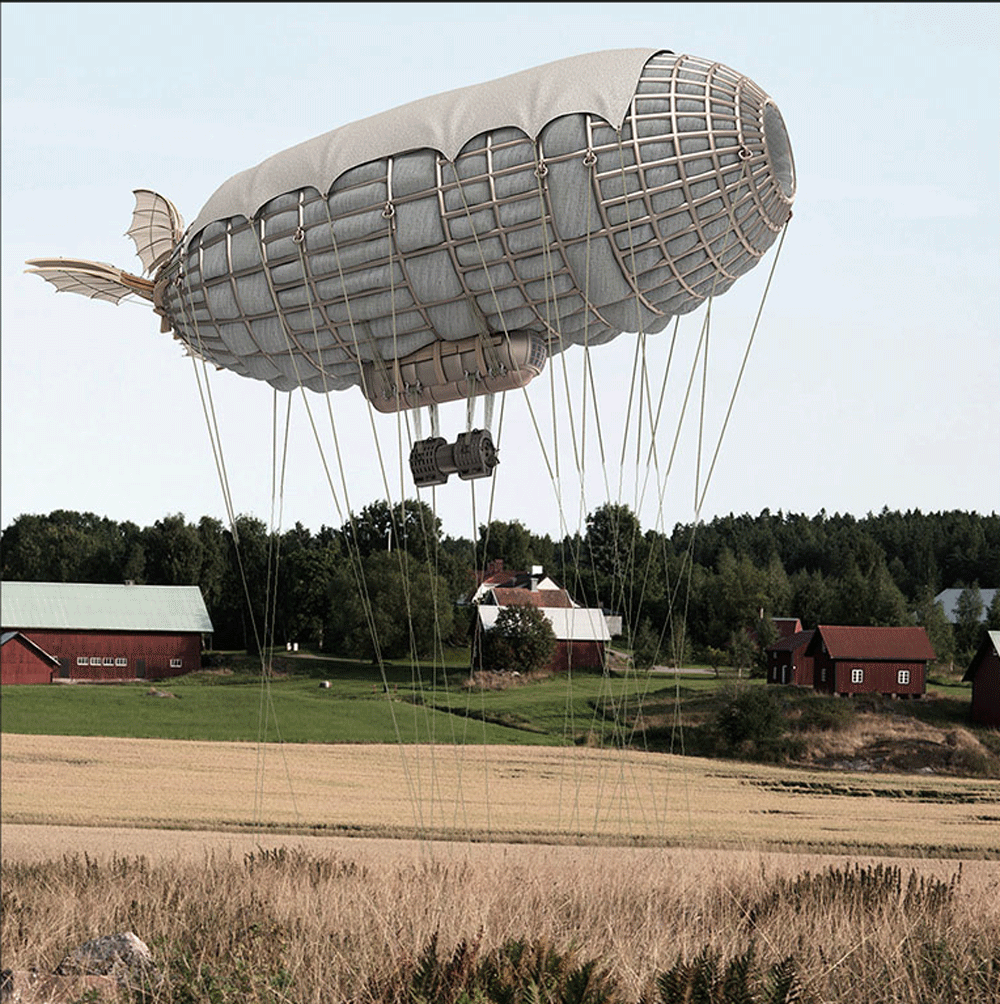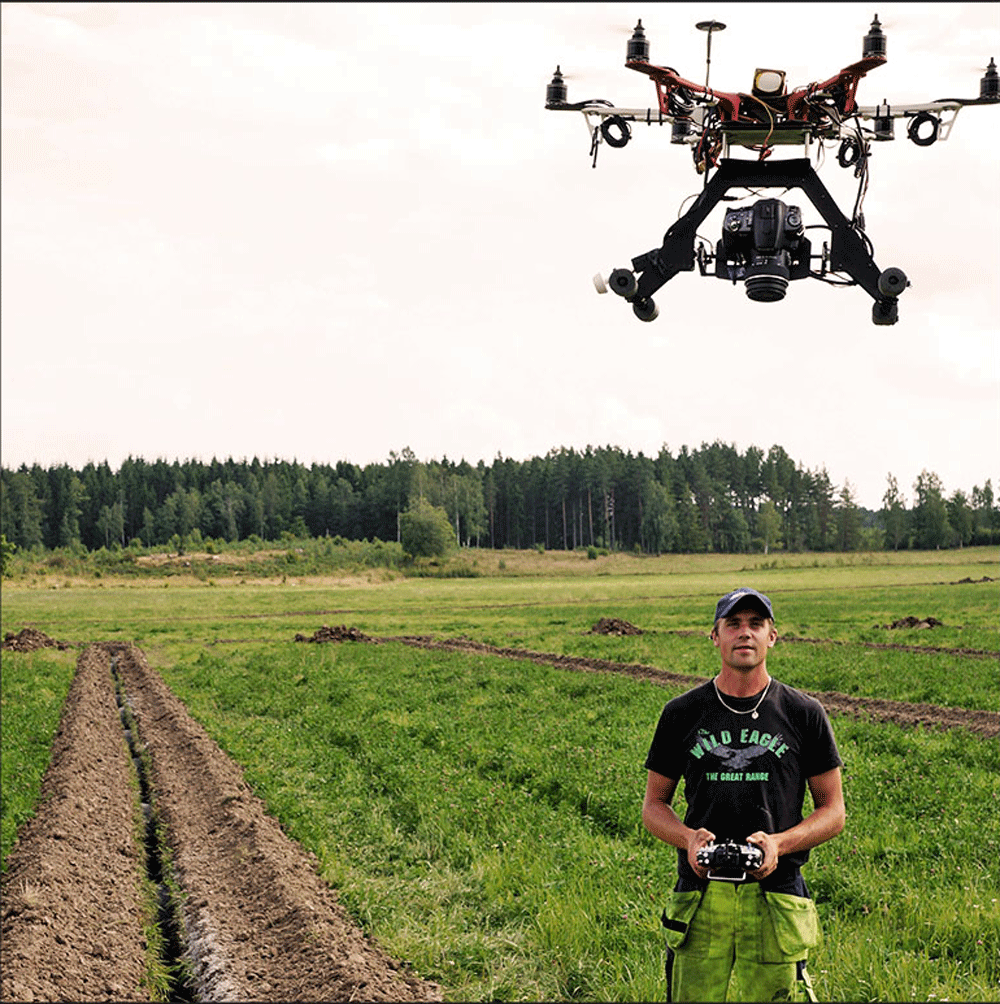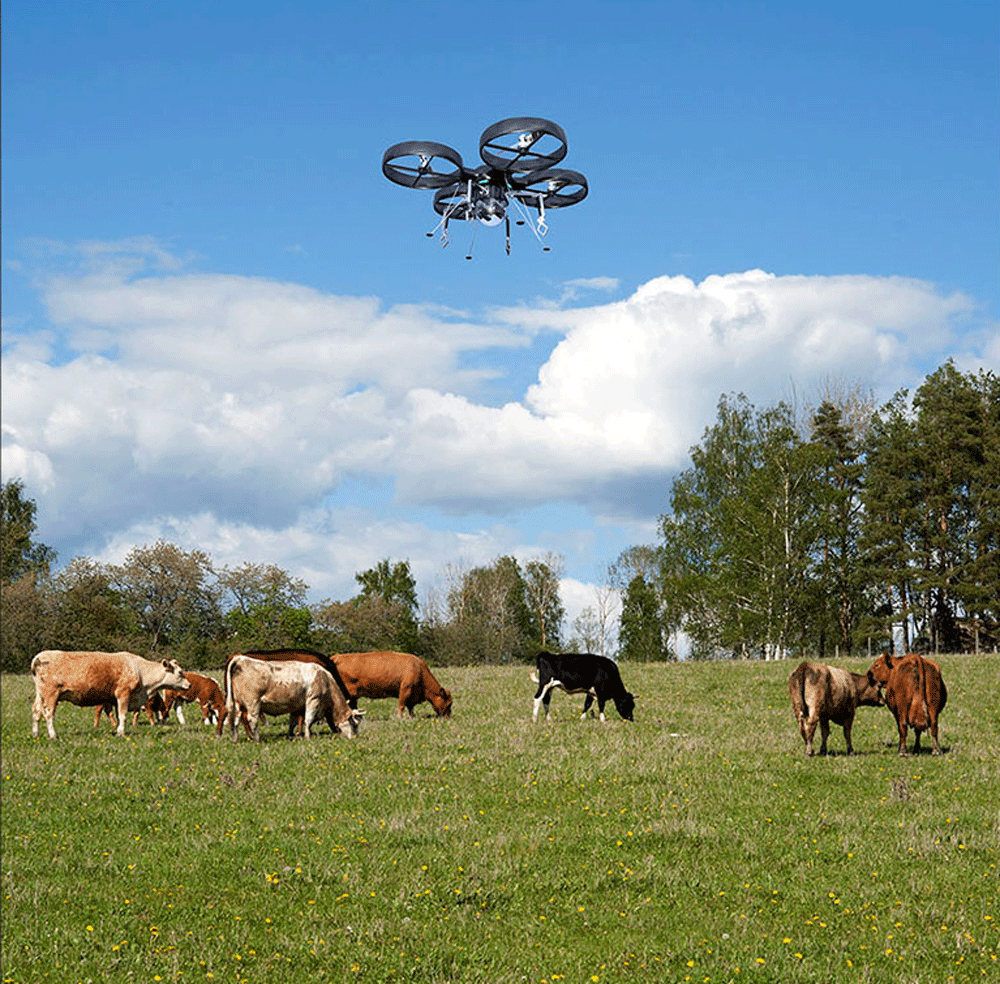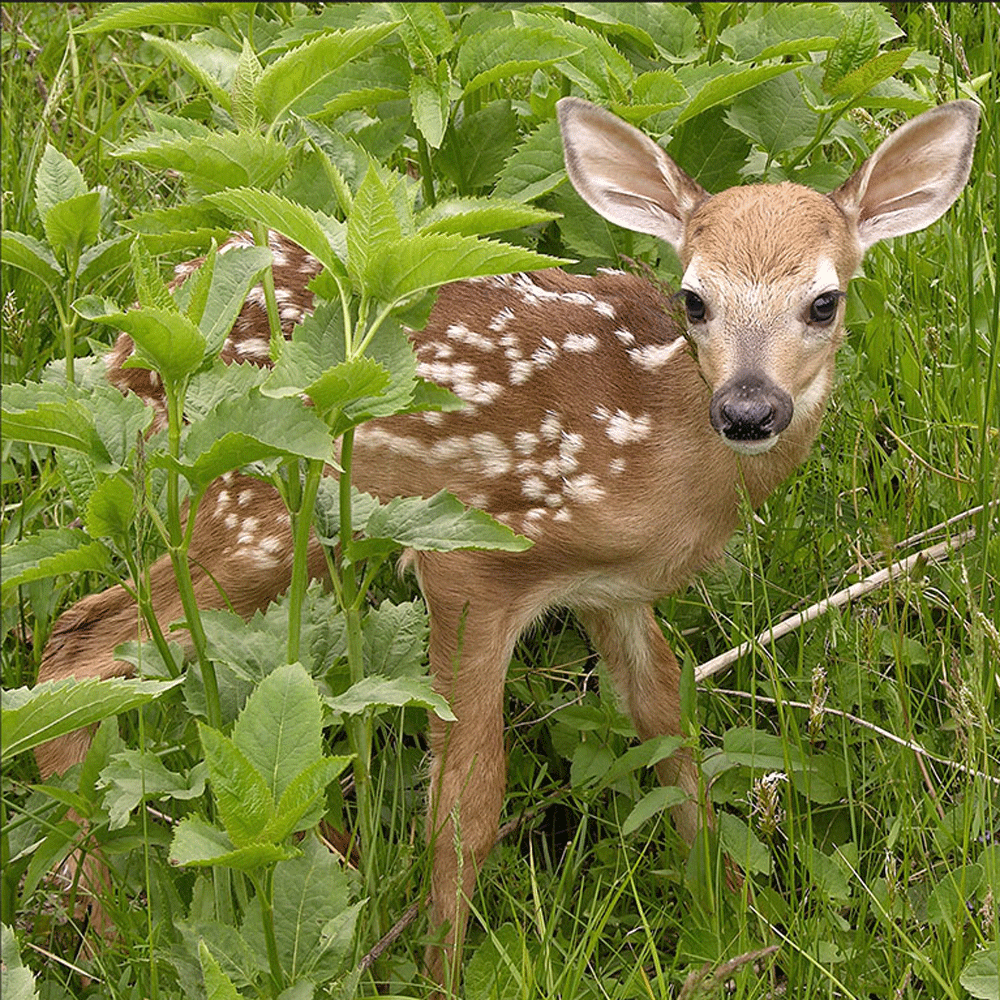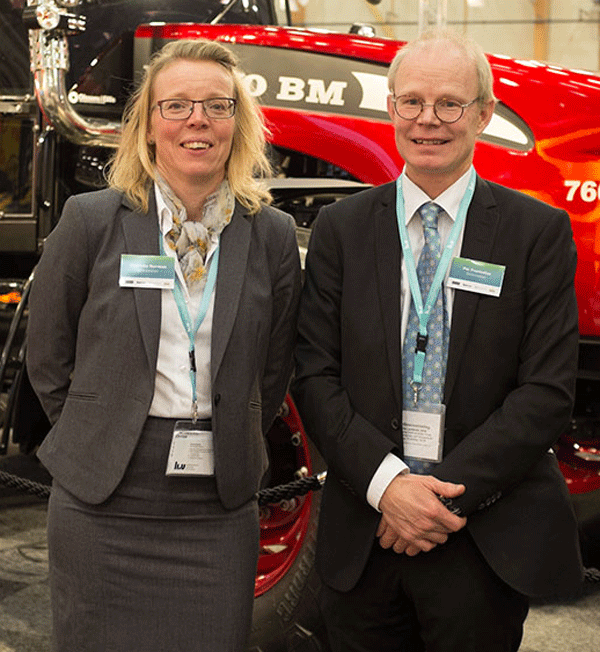Drones: The airtech revolution agriculture
By Per Frankelius, Charlotte Norrman and Knut Johansen
In a research project that had been running for five years at Linköping University, Sweden, the entry of unmanned aircraft technology and sensors in global agriculture has been studied. Per Frankelius, Associate Professor and one of the authors, comments: Our main conclusion is that the use of unmanned aircraft technology alongside sensors – or simply airtech – is a revolution in parity with the satellite revolution or other earlier agricultural revolutions.
We all know that agriculture is undergoing changes due to e.g. technology, competition and environmental concern. Among driving technologies are satellites, sensors, big data and precision machinery. In 2015, observers argued that the fourth agricultural revolution had been initiated. One part of this high-tech revolution is the origin, development, applications, and user value of unmanned aerial systems (UAS), most commonly known as “drones”.
Drone technique became affordable
The drone concept, including systems around drones, made their breakthrough in agriculture around 2011 most likely because the equipment became affordable and easy to use. Electrical motors that replaced fueled engines were part of that. Drones, however, has in fact a long history. One pioneering step in the use of (partly) unmanned vehicles in agriculture probably came in 1906, when John Chaytor, a New Zealand farmer, spread grass seed in a wet valley on the family farm Marshlands in Wairau, Marlborough, using a hot air balloon controlled by ropes from the ground.
Robert Blair, at the Three Canyon Farms in Idaho, U.S., was one of the early adopters. In 2004 he had an insight. He flew in a small plane over his farm for the first time and realized that images taken from the air were the missing part for precision agriculture. In 2006 he noticed an ad in an agricultural magazine and then invested in a drone and started to operate it the same year. This was in 2004 and at that time considered as revolutionary. Today advanced drone technology is a natural part of everyday life for many farmers all over the world.
Drones are very multifunctional for farmers
Precision agriculture (or farming) became the foremost application area for the drone technology. The concept, most farmers nowadays know, is about adjustment of actions and timing to different spots in each field, since the fields are heterogenous regarding many aspects.
The uses are not only precision agriculture. Already in 2013, for example, Medins Maskin, Sweden, acquired a radio- as well as GPS-controlled helicopter for preparing and documenting cover drainage. The GPS receiver allowed the helicopter to fly a pre-programmed route and then land within 40 cm from where it started automatically. Markus Medin could follow the camera images live on a monitor from the ground or in video goggles. Today this is wide-spread technology.
One way to describe the user value of drones is through a concrete farm example: At the farm Wrams Gunnarstorp in Sweden Rudolf Tornerhjelm and his team uses drones both for precision agriculture and other uses.
Among other uses at Wrams Gunnarstorp are:
- Forrest analysis after storms
- Analysis of wild animal (badgers etc.) interference
- Dialogue with insurance companies
- Providing arguments towards authorities (regarding biodiversity and cultivation)
- Planning of wetland and lake projects
- Inspection for house renovations
- Guiding the public including tourist visitors
Cattle monitoring and inventory, for example, is another important application area, however not central at Wrams Gunnarstorp.
The drone revolution continues every day
One vision is to use drones to detect problems (intervention needs) and then let ground-based robots make the necessary interventions. Already in 2010, a research project on this topic was initiated in Denmark by Aalborg University and University of Copenhagen. The company DST Control provided equipment such as Mini MCA sensors from Tetracam and gimbals. Through six sensors the drone could inspect a sugar beet field and identify specific weeds. Subsequently, small ground-based robots could fight these weeds selectively.
The combination of drone-sensor data and other kinds of data, such as satellite, machine, weather and ground sensor data, will pave the way for bringing precision agriculture to higher levels. Cloud-based data fusion platforms like the one from the company CyStellar are already under way.
Animal rescue via drone detction
Another vision is to use drones to detect and rescue fawns or other wild animals hiding in agricultural fields. Roe deer tend to hide their fawns in high grass fields, as predators usually stay in the woods. When the farmer’s grass-cutting machines come closer the fawns become paralyzed and lay still, meaning they will be bad injured or killed. Moreover, when dead animals become part of the silage, bacteria form, which in the next step can cause major diseases for livestock and horses eating the feed. Thousands of animals are injured or killed every year by agricultural machines.
Summary
Drones can help farmers cut costs and produce higher quantity with better quality, and also has environmental (including animal care) benefits. However, this promising innovation has been exposed to institutional forces and in some countries drones have been more or less forbidden. In Sweden for example sensor equipped drones suddenly became subordinated the Act of Camera Surveillance and the revolution got a brake pace. These lines of events, that can be observed in some countries, illuminates how legislative institutions sometimes can inhibit responsible innovation.



